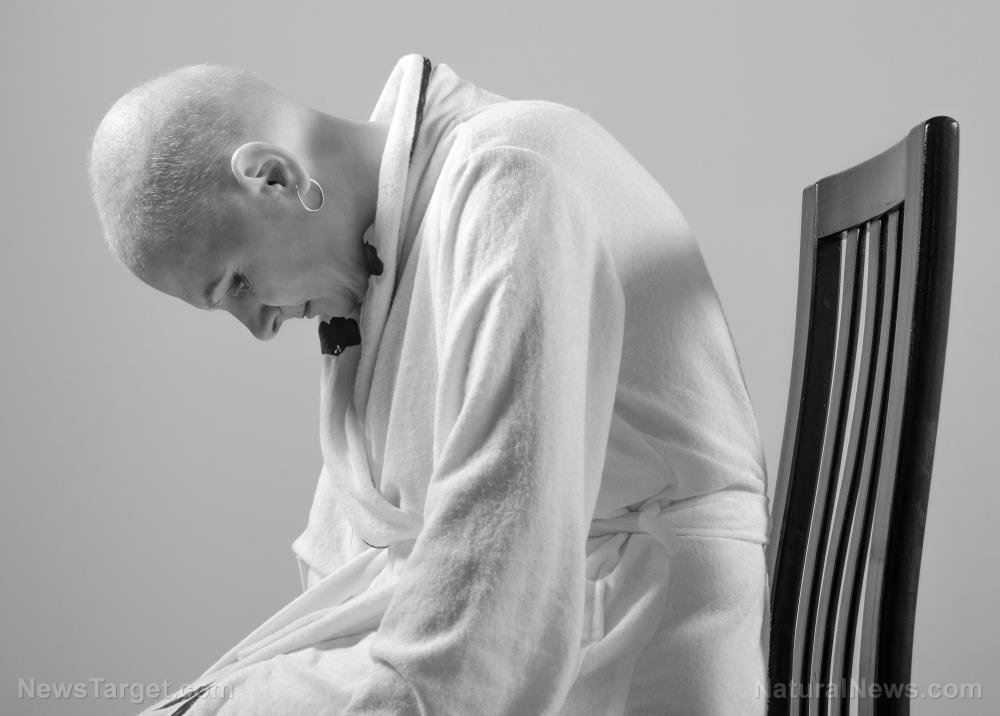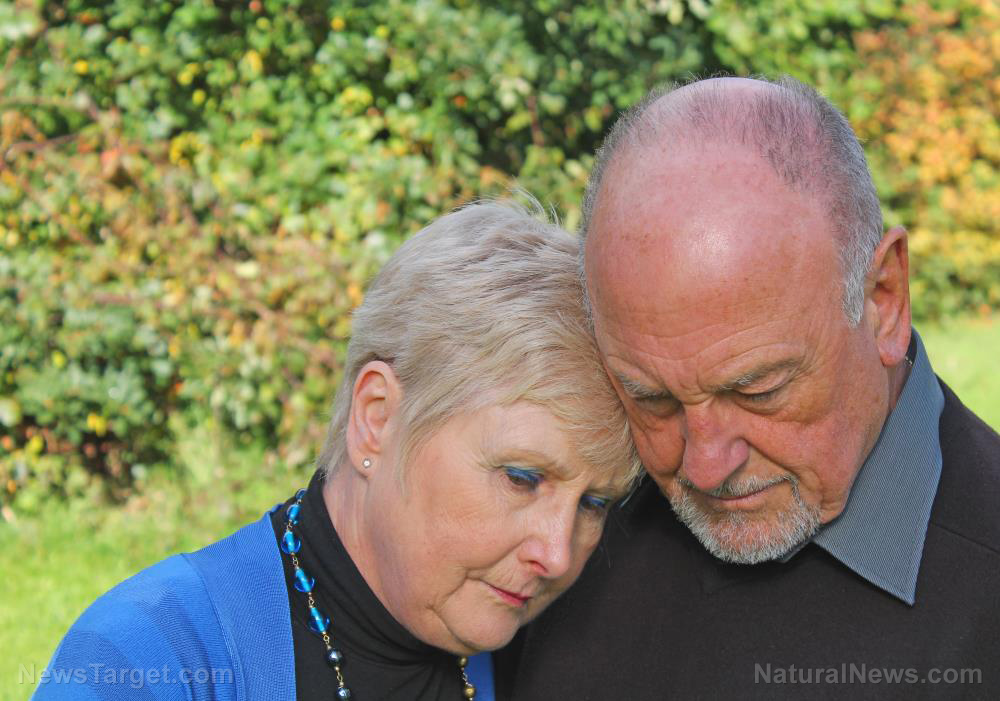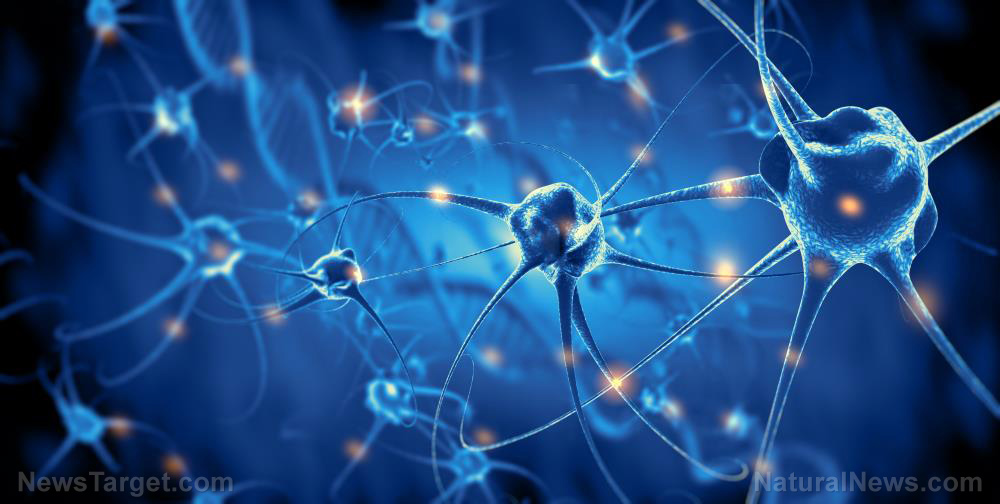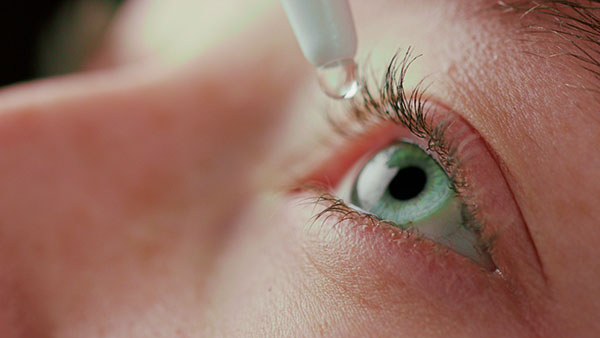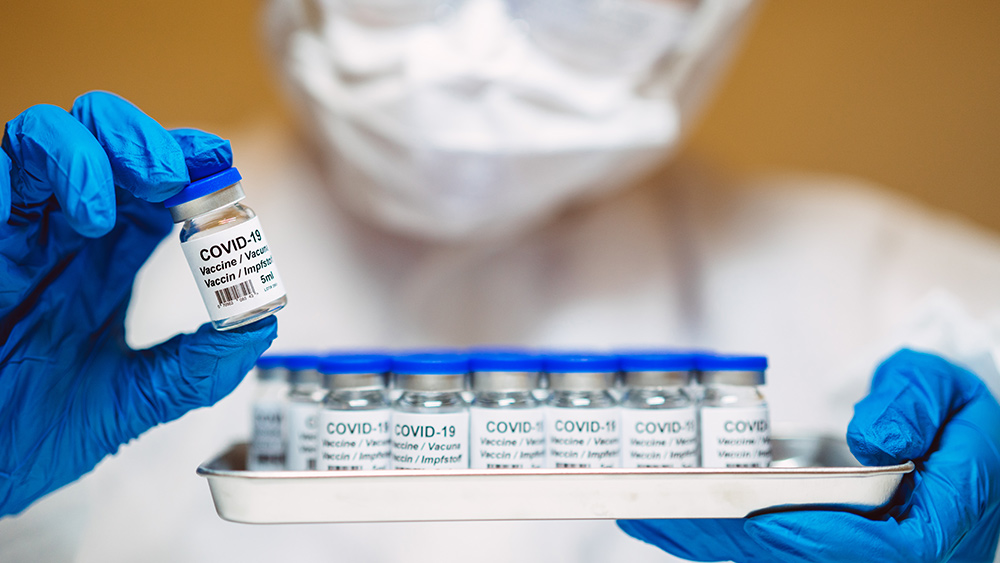Challenging the status quo: "Cancer Therapy" offers hope in non-toxic alternatives
- Ralph W. Moss' "Cancer Therapy: The Independent Consumer's Guide to Non-Toxic Treatment and Prevention" introduces nearly 100 scientifically validated non-toxic cancer treatments, backed by nearly 1,000 peer-reviewed studies, offering patients safer options with minimal side effects.
- Conventional therapies like chemotherapy and radiation are lambasted for their limited long-term success, severe health degradation and failure to reduce mortality rates for major cancers like lung, breast and colon over decades, despite vast research funding.
- Moss argues that non-toxic treatments are sidelined due to their lack of patentability and profitability, prioritizing lucrative pharmaceuticals over patient well-being.
- Highlights natural solutions like vitamins A and C, maitake mushrooms and seaweed extracts—proven to reduce cancer risks, inhibit tumor growth and counteract HIV in some cases—as viable, accessible alternatives.
- Emphasizes medical freedom, urging patients to take control of treatment decisions and challenging the profit-driven system through empowerment via non-toxic options and prioritizing patient autonomy over institutional interests.
Ralph W. Moss' book, "
Cancer Therapy: The Independent Consumer's Guide to Non-Toxic Treatment and Prevention," is making waves by offering nearly 100 non-toxic or less-toxic cancer treatments, each meticulously documented with nearly 1,000 references to peer-reviewed scientific literature.
This book is not just a critique of conventional cancer treatments but a clarion call for a paradigm shift in how we approach cancer care. Moss' work is particularly relevant today, as it addresses the concerns of patients, caregivers and health-conscious individuals seeking safer and more effective alternatives.
Moss begins by highlighting a stark reality: despite billions of dollars invested in cancer research, the mortality rates for major cancers like lung, breast and colon have remained largely unchanged over the past several decades. According to the National Cancer Institute, the only significant progress has been made in treating cervical cancer and some rare malignancies. However, even these advancements come with a caveat: the toxic treatments often lead to secondary cancers, creating a vicious cycle of treatment and relapse.
Moss criticizes the "cure mongering" surrounding treatments like interferon and interleukin, urging skepticism towards exaggerated claims. He argues that the lack of progress in conventional therapy necessitates a radical rethink and non-toxic treatments could be the answer.
One of the most compelling aspects of Moss' argument is the empowerment of patients through non-toxic methods. These treatments, often derived from natural substances like foods and food components, are readily available and have minimal side effects. Unlike high-tech, high-cost treatments that place the power in the hands of specialists and medical centers, non-toxic therapies enable primary caregivers, patients and their families to take control of their care.
Moss emphasizes that non-toxic methods are not "quackery" but a promising avenue for cancer research. He cites numerous studies that suggest a strong link between certain vitamins and a reduced risk of cancer. For instance, vitamin A and its non-toxic pro-vitamin, beta-carotene, have been shown to decrease cancer risk by as much as 40 percent in individuals with diets high in carrots and similar vegetables. Similarly, vitamin C has demonstrated the ability to kill cancer cells in the test tube and has been used in high doses to treat cancer patients with promising results.
Moss does not shy away from addressing the economic factors that have marginalized non-toxic therapies. He argues that these treatments are often not patented or patentable, meaning they lack the profit potential of purified, often toxic, pharmaceuticals. This economic incentive, he contends, is a significant reason why
non-toxic therapies have been sidelined in favor of more lucrative, albeit toxic, treatments.
The book delves into the potential of other natural substances, such as mushrooms and seaweed. For example, the maitake mushroom has been shown to stop tumor growth in various animal systems and has even shown promise in inhibiting the growth of HIV. Seaweed extracts have demonstrated antitumor effects and may contribute to the low breast cancer rates in Japan.
Moss argues that these natural substances offer a powerful competitive challenge to
high-profile toxic treatments. While often dismissed by the medical elite, they are increasingly being accepted by doctors, nurses and other professionals who are closer to the patients and understand the importance of medical freedom of choice.
Throughout the book, Moss emphasizes the importance of medical freedom of choice. He believes that the major choices in cancer treatment belong to the patient, not the doctor. The doctor, in Moss' view, is employed by the patient in a "fiduciary" role, meaning the doctor's interests are less immediate and compelling than those of the patient, who bears the full consequences of the treatment decisions.
In conclusion, "Cancer Therapy" is a powerful resource for anyone seeking alternatives to conventional
cancer treatment. Moss' meticulous research and compelling arguments challenge the status quo and offer hope to those frustrated with the lack of progress in traditional approaches. Whether you are a cancer patient, a caregiver or simply curious about non-toxic treatments, this book is a must-read.
Learn more about
alternative cancer treatments by watching the video below.
This video is from the
BrightLearn channel on Brighteon.com.
Sources include:
Brighteon.ai
Brighteon.com
 Parler
Parler Gab
Gab